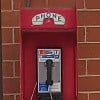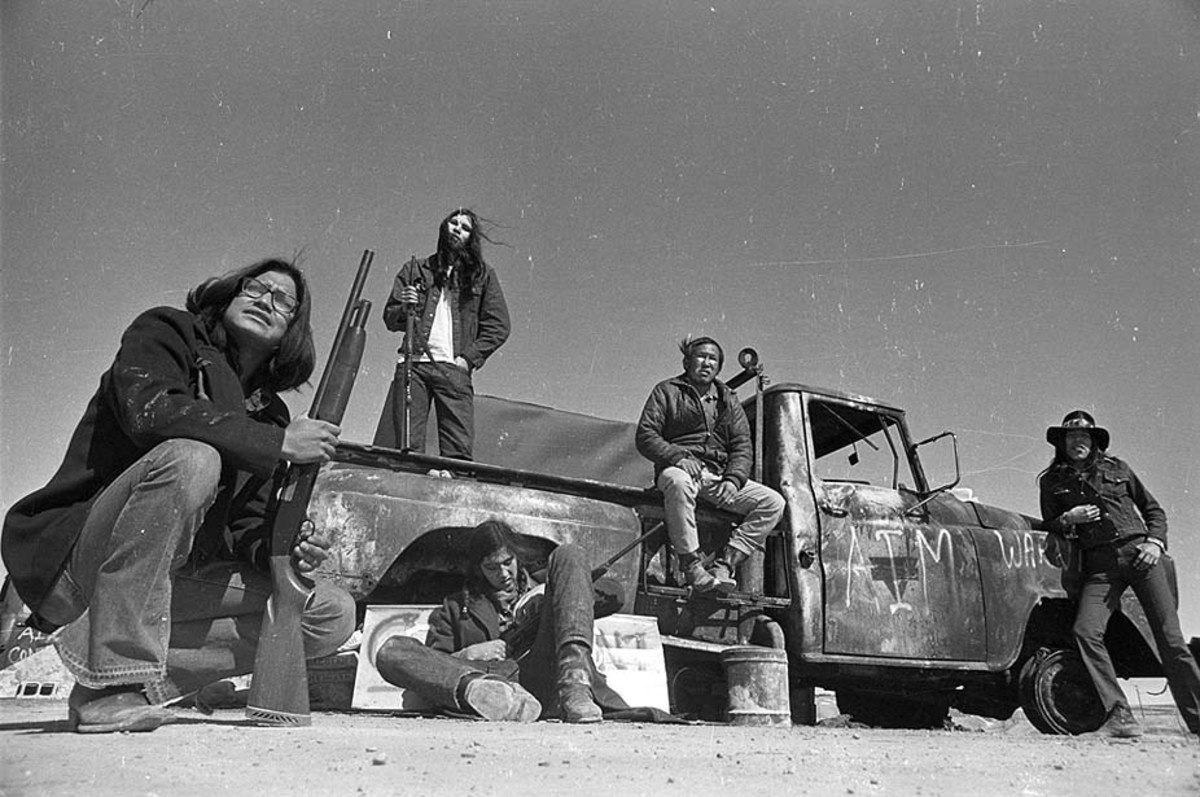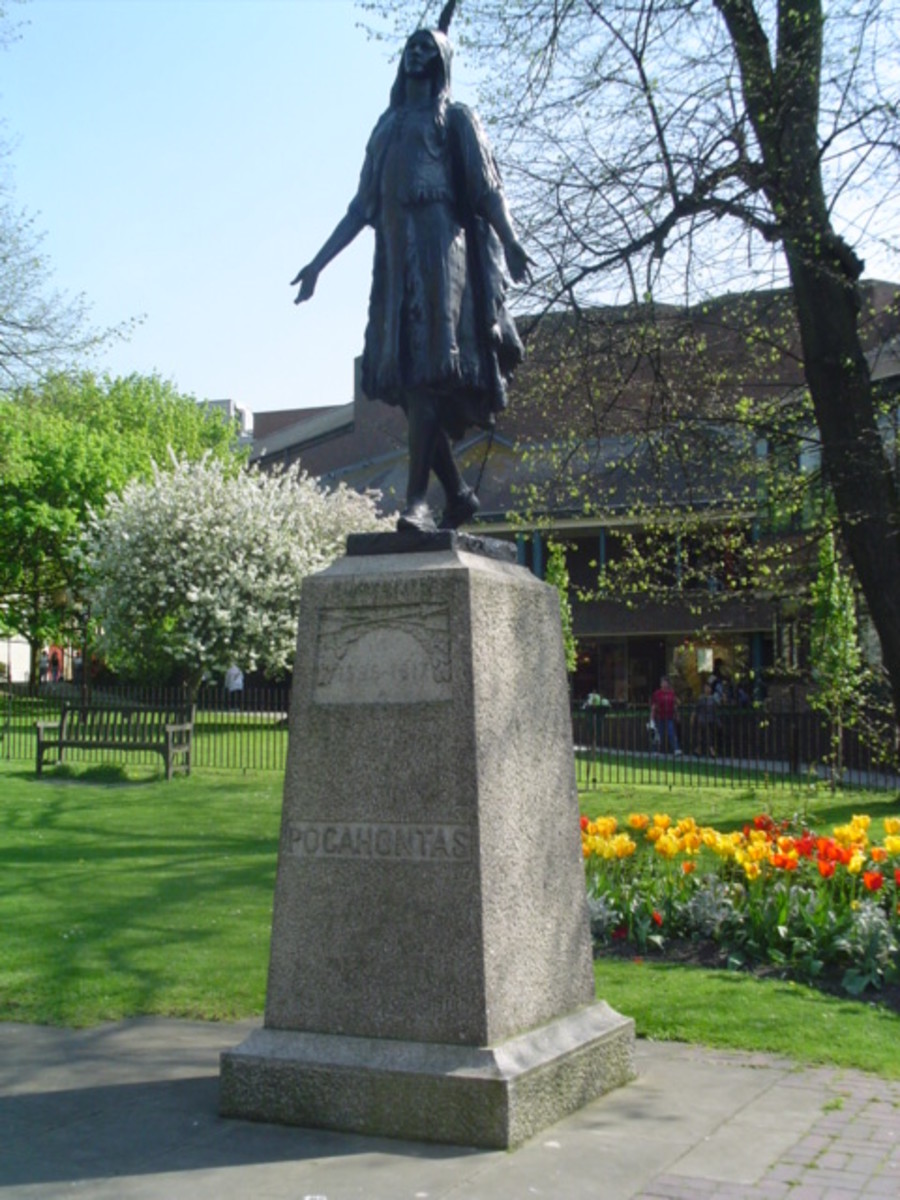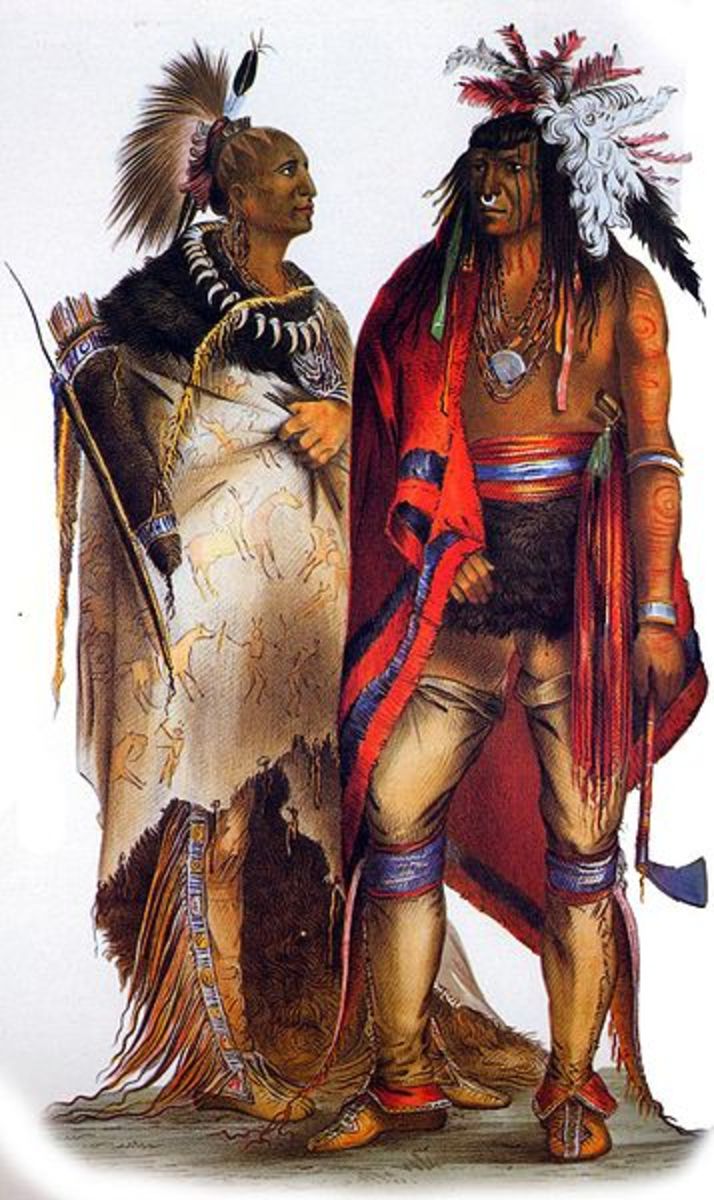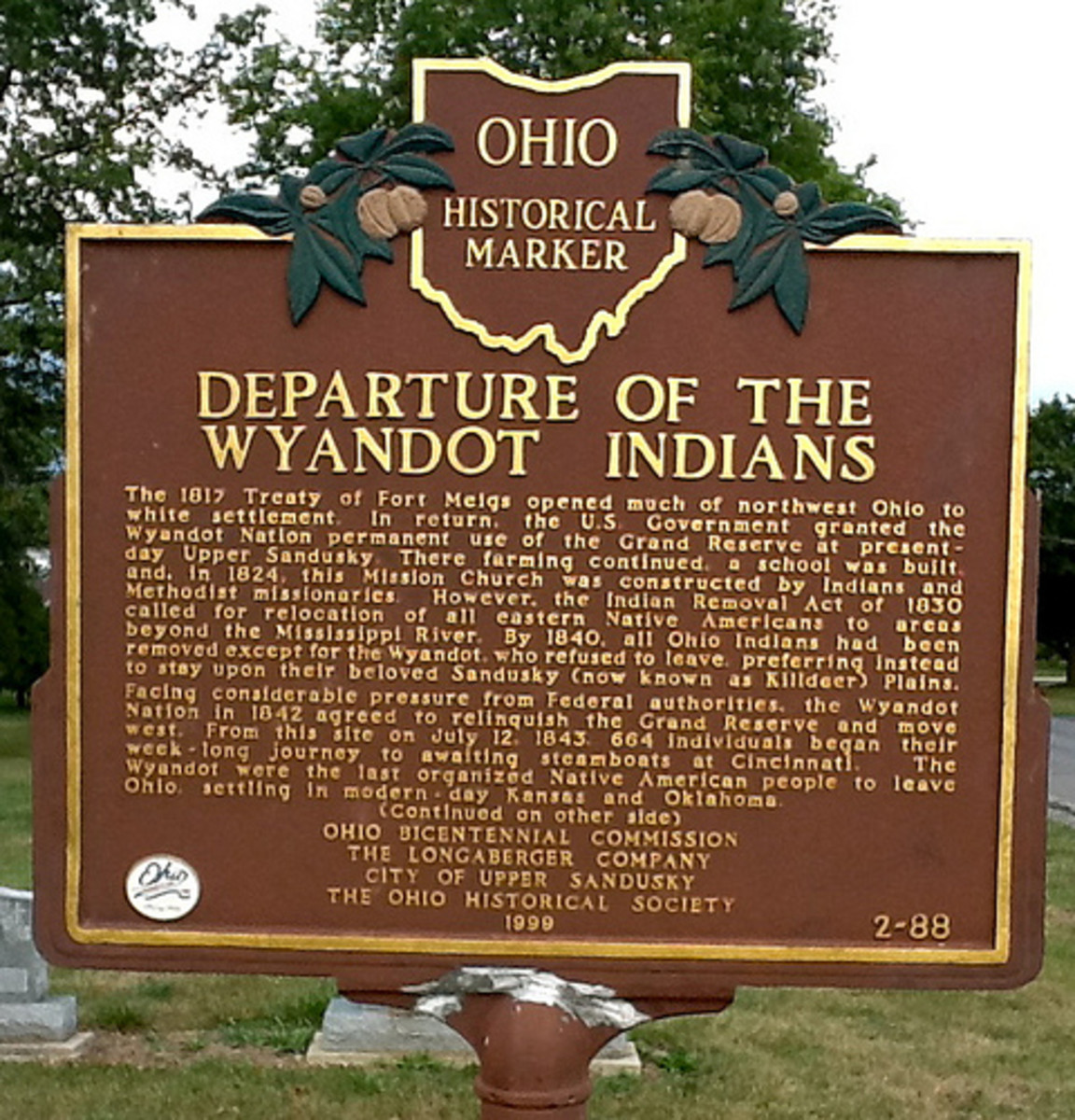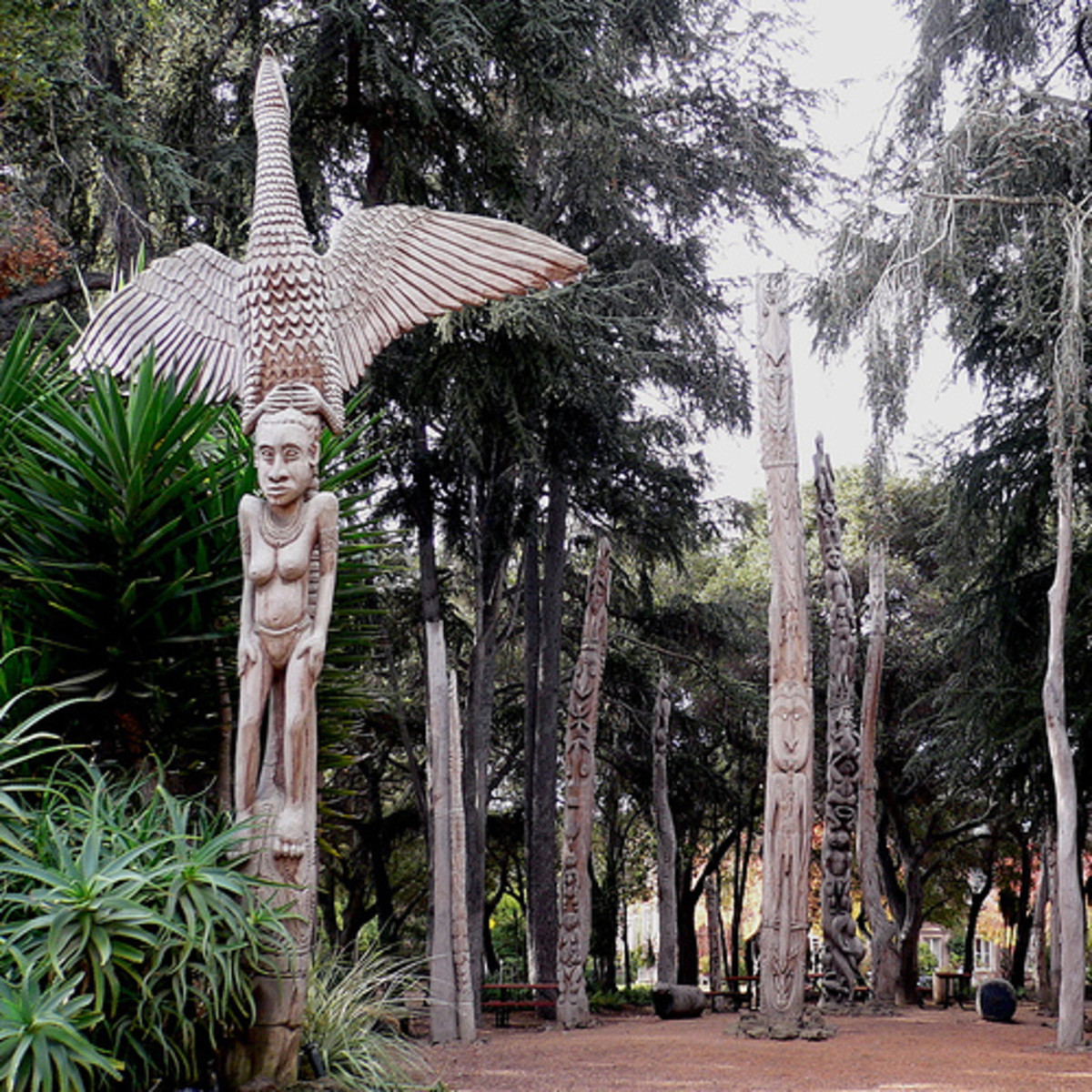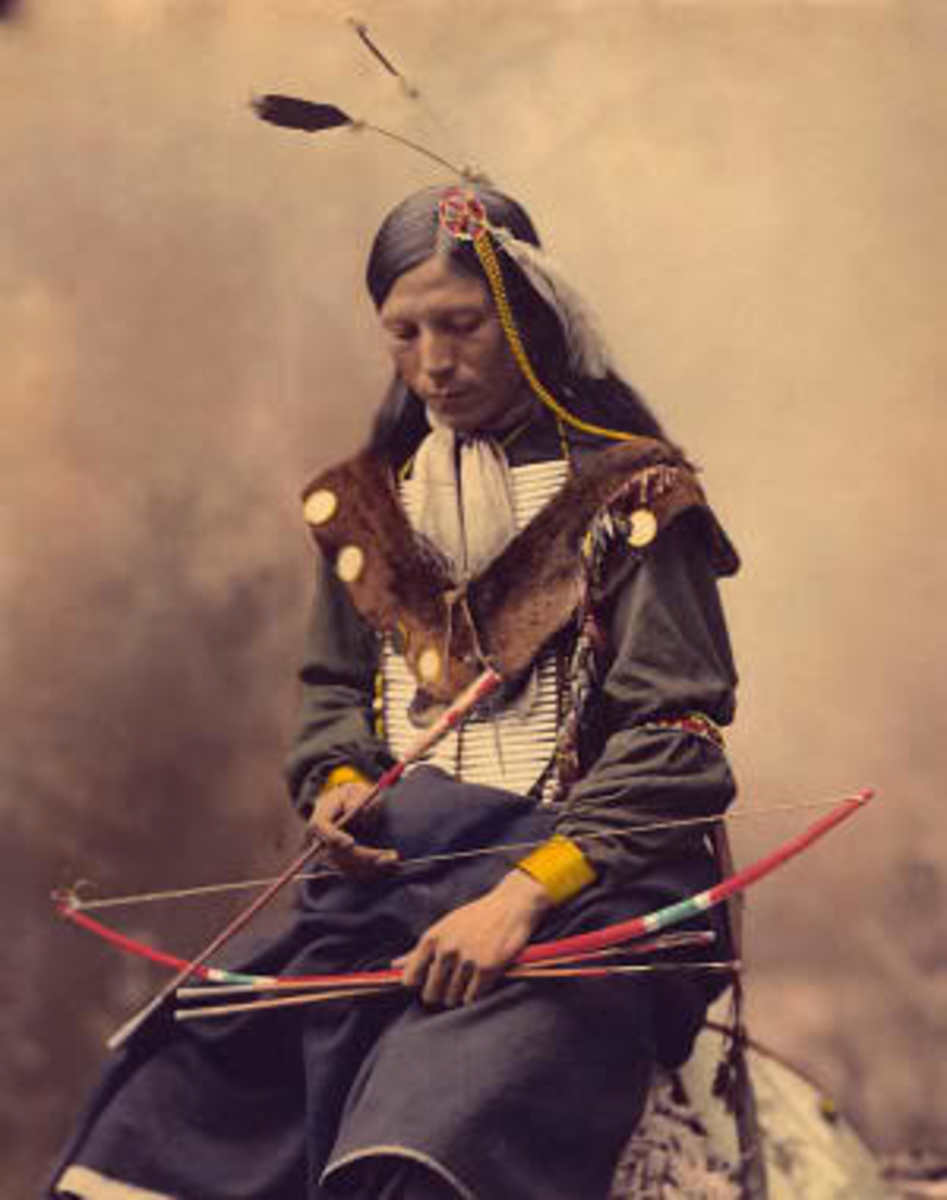- HubPages»
- Education and Science»
- History & Archaeology»
- History of the Americas
History of Penobscot Indian tribe of Bangor Maine and Canada
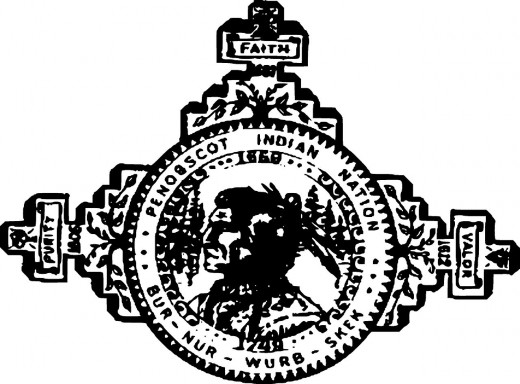
In the area of Bangor, Maine Penobscot can refer to a number of things such as the Penobscot River or the Penobscot people. The Penobscot are a sovereign people who are indigenous to Canada and the northeastern United States and Maine in particular. The Penobscot Indian tribe is Algonquin. Historically they were significant participants in the Wananaki Confederacy.
A mispronunciation of the name “Penawapskewi” resulted in the name “ Penescot.” It means “rocky part” or “descending ledges” referring to the part of the Penobscot River that runs between Old Town where the reservation now exists and the city of Bangor. They are now known as the Penobscot Indian Nation.
They are the principal tribe and the only tribe that has held onto its name, territory and tribal identity and of the famous Abnaki confederacy of Maine. The confederacy consisted of a number of small tribes of Algonquian linguistic stock which held the greater part of the present state of Maine.
Some noteworthy Penobscots
- Old John Neptune who was a shaman and mentioned by Henry David Thoreau
- Andrew Sockalexis was inducted into the Maine Running Hall of fame in 1989. He had competed in the 1912 Stockholm Olympics.
Louis Sockalexis, the first Native American in Major League baseball.- Donna Loring, a Vietnam veteran who was a tribal representative and author.
- Joseph Nicolar was a tribal representative to Maine State Legislature and author of the 1893 book “The Life and traditions of the red Man.”
- Charles Norman Shay, decorated war hero of Omaha Beach, Normandy in World War II and recipient of the French Legion of Honor medal.
- Molly Spotted Elk 1903-1977 internationally know dancer who starred in classic film, “The silent Enemy”(1930).
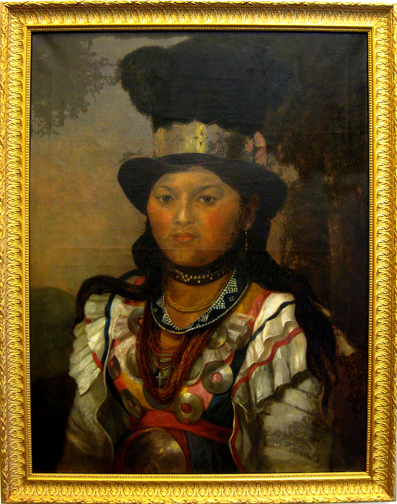
Note
Sources for this article include Wikipedia, eHow.com article “About the Penobscot Indians, Catholic Encyclopedia (New Advent), Access genealogy
Early History
Not much is known of the Penobscot People prior to contact with Europeans. Indians may have inhabited Maine and the surrounding areas for as long as 11,000 years. They hunted and gathered beaver, otters, moose, bear, caribou, fish, clams, mussels, birds, bird eggs, berries, nuts and possibly such marine mammals as seals.
Some agriculture was practice but not to the extent practiced by peoples in southern New England. They often moved to where the food supply was best.
- Religious Leaders of America's Past--Bishop John Carroll-what did his views do for the Catholic chur
Carroll (January 8, 1735-December 3,1815) has been one of my favorite figures in American Catholic History. He instituted many reforms in the Church and envisioned some of the reforms that did not take...
Outside contact
During the sixteenth century contact with Europeans became common due to the fur trade.
The Penobscots traded fur pelts for European goods such as metal axes, guns and copper or iron cookware. Eventually the abundance ran out. The people got exposed to alcohol from the traders and some Europeans were willing to exploit the use of alcohol in trading.
They suffered as a result with their numbers falling from about 3000 in 1600 to about 785 in 1910. Only about 425 of those were Penobscot and the rest of various mixed blood.
The Indians had no immunity to European diseases had a catastrophic effect on the population
Wars
There were ongoing battles between the Wananaki Federation and the Mohawk Indians.
During the colonial period they became active allies of the French against the British.
From the time of King Phillip’s war in1675 until nearly the close of the French period in 1763 the history of the Abnaki tribes was one of constant and bloody struggle against the English. For the English it was a war of extermination, according to the new Advent article. The English had bounties for “scalps (or heads) increasing from five pounds in 1675 to forty pounds in 1703 for every scalp of a male over ten years and at last in 1744 one hundred pounds for the scalp of every male above twelve years of age and fifty for that of a woman or child. Prisoners were sold as slaves.”
When the American Revolution started in 1775 the Penobscot joined with the Americans. They played an important role in defending against the British coming from Canada.
However, their contribution to the revolution was not fully recognized by the Americans.
Treaties
In the following centuries attempts at treaties to hold on to their land were madebut having no way to enforce the treaties with Massachusetts and later with Maine Americans kept encroaching on their land. Thus the Penobscots, from about 1800, lived on Indian Island, a reservation.
The Main state government appointed an Indian agent to oversee the tribe. Although they probably thought they were helping the Indians the highest court in Maine stated it was”…imbecility on their parts’ as it subjected the Indians to paternal control. It set up a “power dynamic” whereas the government treated the Penobscots as wards of the state and made the decisions as to how their affairs are to be handled. Although it looked like charity on the part of the government they were actually using the money that already belonged to the Penobscots that came from land treaties and trusts. Thus the state was making decisions as to how the people’s money was used. Apparently this is a bit of a problem whenever the government wants to “help” people.
The federal government in 1790, which decreed that the transfer of Indian lands to non-Indians had to be approved by the United States congress, passed the Nonintercourse act. Between the years of 1794 and 1833 the Penobscots and the Passamaquoddy tribes ceded the majority of their lands to Massachusetts and Maine after it became a state in 1820 through realties that had not been approved by the Federal government. The Maine Indians sued in the 1970’s.The disputed land was about 60% of all the land in Maine and Thirty-five thousand people, mostly not Indians, lived in that disputed territory. In 1980 a settlement was reached of 81.5 million dollars that could be used to acquire more land, some to be held in trust by the U.S. government and the rest to acquire land in the normal manner. The act also established the Maine Tribal State Commission to oversee the effectiveness of the Act. It could intervene in some areas such as fishing rights, in order to settle disputes between the state and the Penobscot or the Passamaquoddy.

- History of American towns: Bangor, Maine
Bangor was named for an Irish Hymn entitled Bangor which was said to be the favorite of Pastor Seth Noble who went to Boston initially to name the town of Sunbury. Samuel de Champlain, the French...
Link to Hub on Bangor, Maine
- History of American towns: Bangor, Maine
Bangor was named for an Irish Hymn entitled Bangor which was said to be the favorite of Pastor Seth Noble who went to Boston initially to name the town of Sunbury. Samuel de Champlain, the French...
Culture
Religion Tradition tells that Gluskabe was the creator of man and woman. Legends about phenomena like the wind and growing of corn were passed down orally from one generation to the next.
When French colonists came, many Penobscot converted to Christianity.
At the time of joining with the Americans they asked to have a Catholic priest but the Massachusetts government was unable to get them a priest because the Jesuits and other missionaries had been outlawed in New England. After the war the tribe sent a delegation to Bishop Carroll of Maryland. They presented a crucifix of Father Rasles who had been murdered. The Penobscot mission at Oldtown was reestablished under a French priest Father Francis Ciquard.
Currently a wide range of religions is practiced on Indian Island.
Penobscot language is an Algonquin language very much like that of other Wananaki Confederacy members. There are no living members who are fluent in the spoken language. There is a dictionary and there is some effort being made to reintroduce the language by teaching it to children.
Baskets were traditionally made from sweet grass, brown ash, and birch bark. These materials grow in the wetlands of Maine. Habitat destruction and the emerald ash borer-an insect threatens to destroy all ash trees in Maine, devastated ash forest in the Midwest. They originally made baskets for practical use but later started making baskets to sell. Basket making is making a comeback in the tribes.
Birchbark canoes at one time were a mode of transportation for all the Wananaki Conference. The shape varies a bit for different tribes. It is made from one piece of bark from a white birch tree and, if done right, can be removed without killing the tree.
Gaming opened with high stake bingo in 1973 on Indian Island. This was the first commercial gambling operation on a reservation in the United States.
Penobscot Dance
© 2011 Don A. Hoglund
